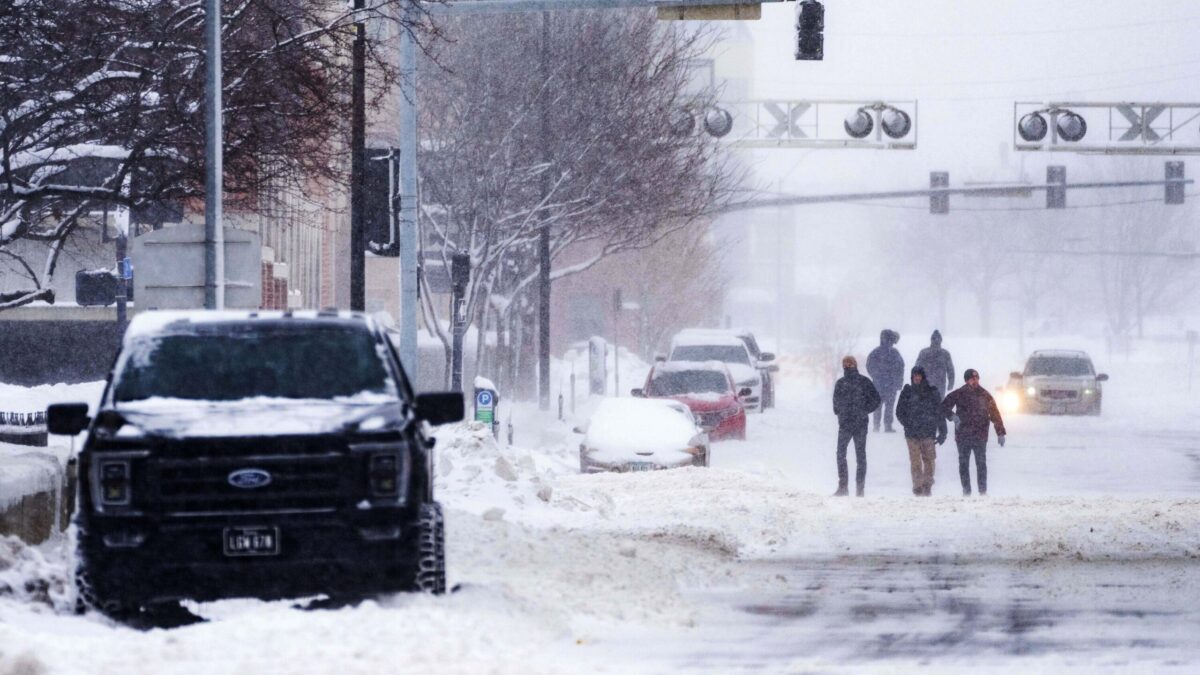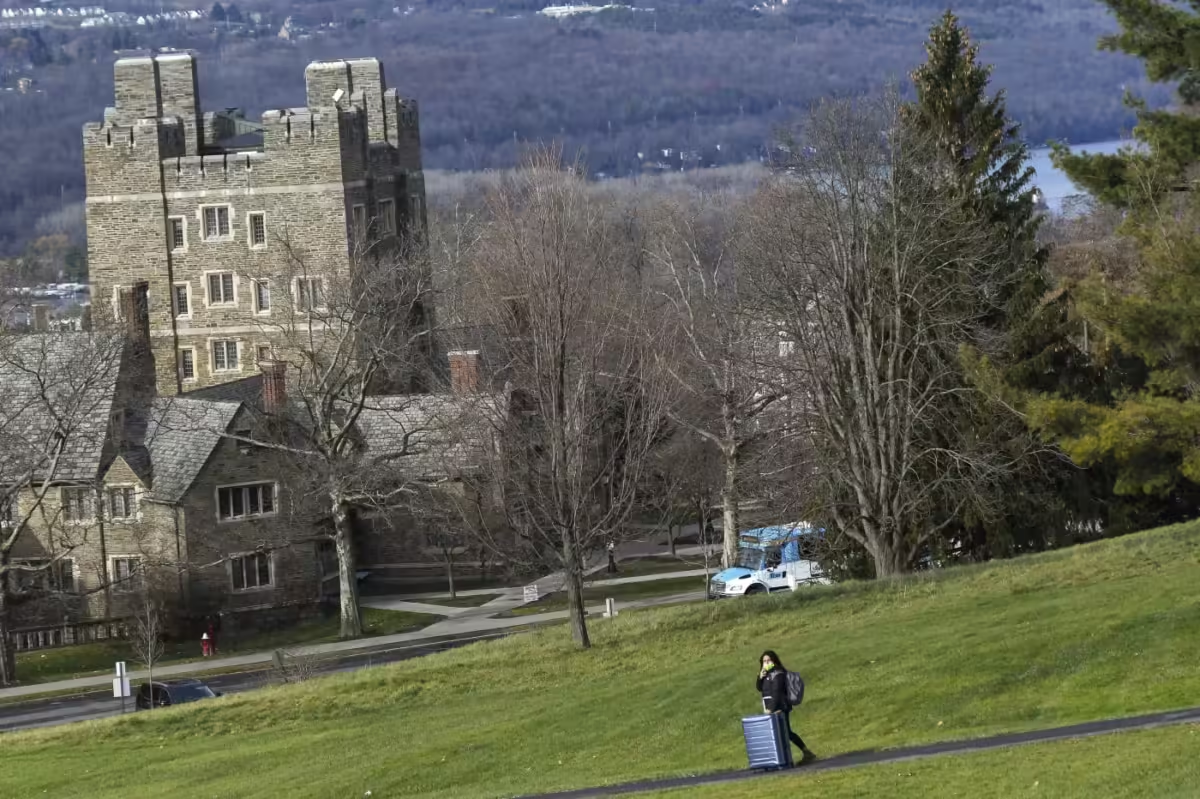A massive storm has swept through the central United States, bringing an array of extreme weather events, including flash floods, heavy snowfall, and fire risks across multiple regions. While the snow subsides in some areas, flooding remains a significant threat in others.
Heavy Snow Shuts Down Rockies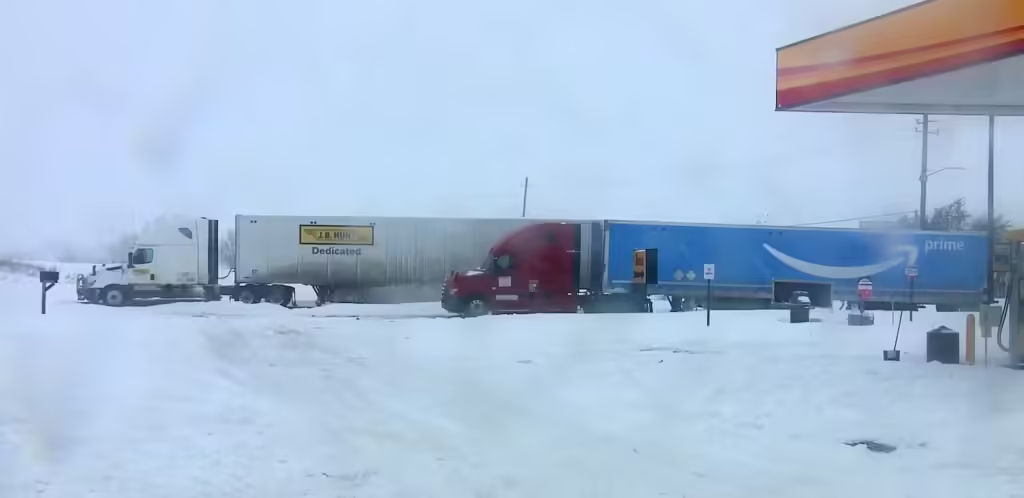
A powerful snowstorm hit the Rockies hard this week, leaving more than three feet of snow in parts of New Mexico and Colorado. Angel Fire, New Mexico experienced an astounding 40 inches of snowfall in just 36 hours, while Las Vegas, New Mexico recorded 31.7 inches, shattering its all-time record set in 1958.
Denver also saw one of its largest November snowfalls in 40 years, with certain areas accumulating up to 20 inches. Snow totals in the metro area, however, varied greatly, with downtown Denver and northern areas receiving around 8-14 inches. While winter storm warnings have ended, the aftermath of the storm remains, with residents beginning the slow dig-out process.
Flash Flood Risk Rises in Louisiana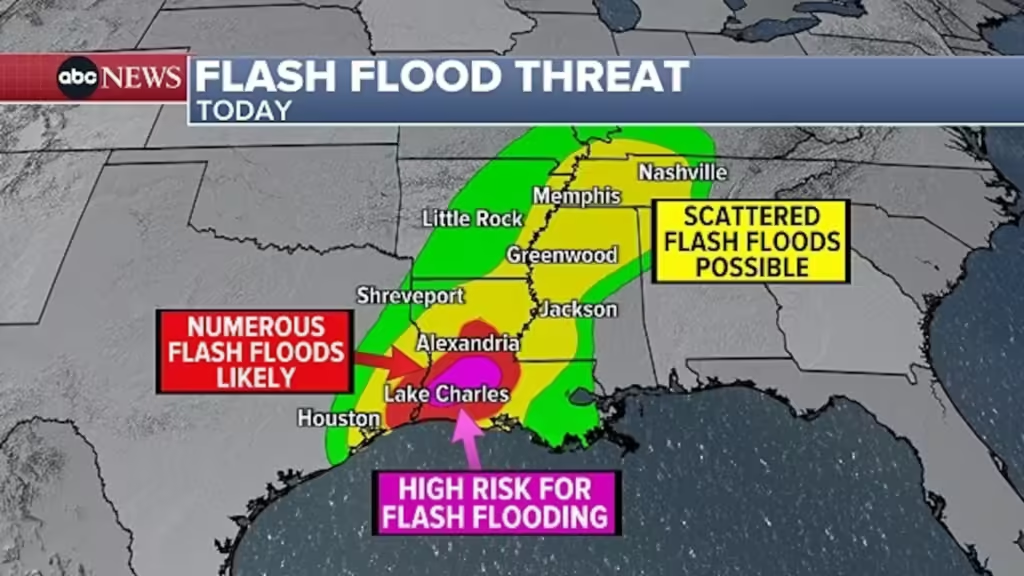
The storm’s shifting course is now concentrating heavy rain over parts of the South, especially in Louisiana. As the system weakens over the Plains, the threat of flash flooding is escalating, particularly in southeastern Texas and Louisiana.
Flood Watches are active for cities like Lake Charles, Alexandria, and Beaumont, where an estimated 3-6 inches of rain is expected through Saturday night. Adding to the rainfall is the tropical moisture from Tropical Storm Rafael, which, while weakening in the Gulf of Mexico, is contributing to Louisiana’s rising flood concerns.
“We expect flash flooding in many low-lying areas,” said a spokesperson from the National Weather Service in New Orleans. “Those in high-risk areas should avoid travel and stay alert for emergency updates.”
Storm Rafael Fades but Leaves Rough Waters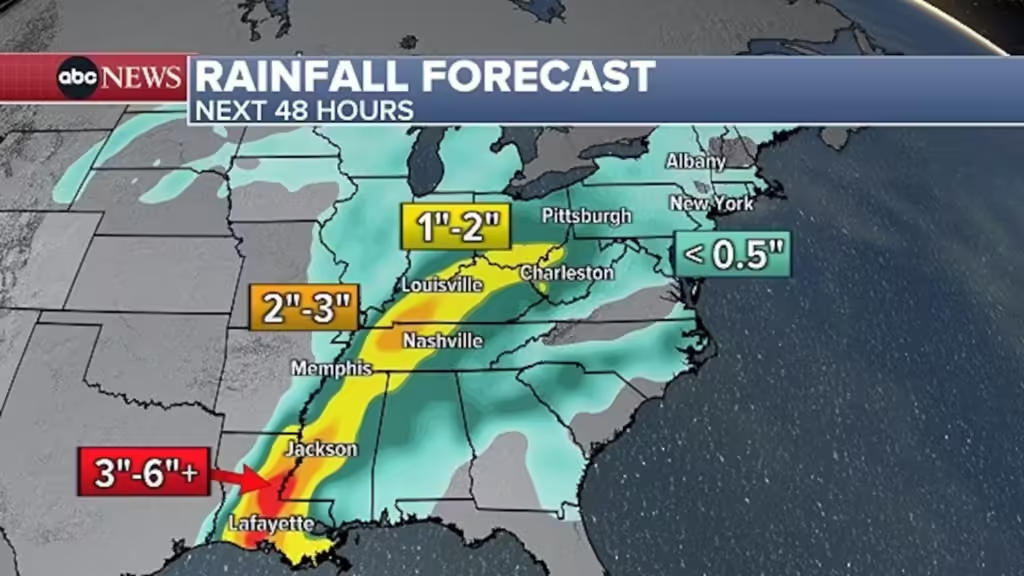
Though Tropical Storm Rafael is rapidly losing strength, the storm has left a trail of hazardous conditions along the Gulf Coast, producing rough seas and dangerous rip currents. The tropical moisture it carried has intensified rainfall in the central U.S., increasing the risk of flash floods in multiple states.
Relief for Drought-Stricken Northeast and Ohio Valley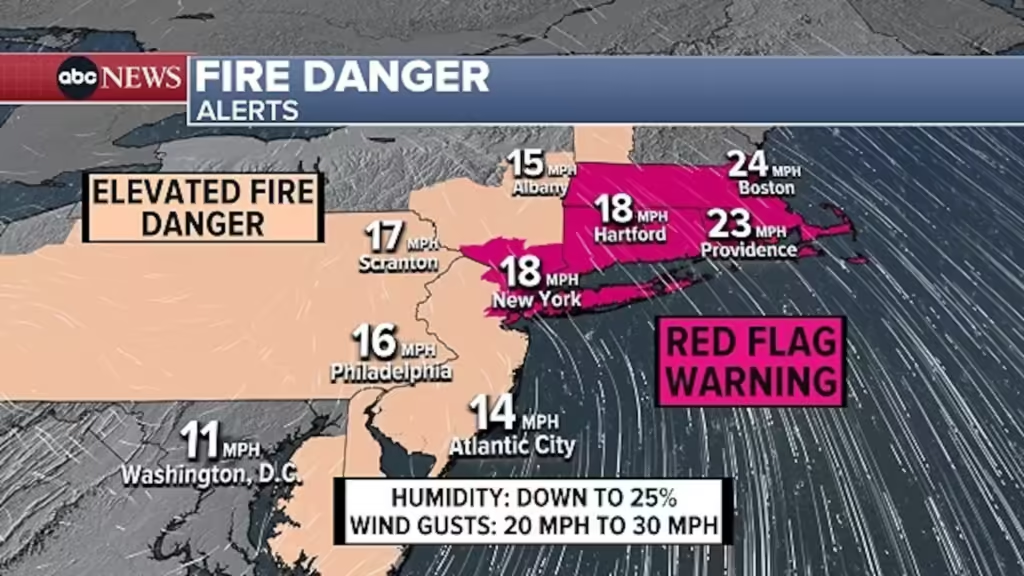
As the storm continues to move east, it will bring much-needed rain to the drought-affected Ohio Valley and Northeast. A steady 1-2 inches of rain is anticipated in the Ohio Valley, with lighter showers reaching the Northeast by Sunday afternoon.
However, the rain totals are not expected to resolve the region’s drought crisis. In New York and New England, where some areas have gone a month without measurable rain, the storm will offer temporary respite but will do little to impact the long-term drought outlook.
“This rain is certainly welcome but won’t end the drought,” remarked a spokesperson from the National Weather Service. “It will temporarily lower fire risks and slightly improve conditions.”
Wildfire Dangers Linger in the Northeast
Ahead of the rain, dry and windy conditions have elevated wildfire risks in the Northeast. Red Flag Warnings are in effect until Saturday evening for New Jersey, New York, Connecticut, Massachusetts, and Rhode Island.
“Wind gusts and dry conditions are a recipe for fires,” noted fire official Bill Donnelly. “The incoming rain should reduce this danger but not entirely.”
Smoke Affects Air Quality in the Northeast
As smaller wildfires burn across the Northeast, smoke has affected air quality in regions such as northern New Jersey, the Hudson Valley, and New York City. Air Quality Alerts are in place until midnight, warning residents to limit outdoor activities, particularly those with respiratory issues.
Some areas see localized heavy smoke, which can vary greatly from neighborhood to neighborhood. Residents driving just a few miles away from these hotspots report noticeably clearer air.
Improving Conditions for Western Wildfires
In California, where wildfires have burned extensively over recent weeks, cooler temperatures and light rain are finally helping reduce fire growth. However, with ongoing drought and dry vegetation, experts caution that the wildfire season isn’t entirely over.
Storm Moves East but Leaves Damage in its Path
This large storm system is expected to continue moving eastward over the weekend, bringing much-needed rain to drought-hit areas. However, as the storm moves away, it leaves behind an array of impacts: severe flooding in Louisiana, record-breaking snowfall in the Rockies, and elevated fire risks in the Northeast.
Residents in affected areas are advised to stay informed of local weather alerts and exercise caution with travel and outdoor activities until conditions fully stabilize. This storm has highlighted the varied and intense weather patterns that the U.S. continues to face, from extreme snowfall and flooding to persistent wildfire risks.
credit
Related Post
-
New Jersey Man Charged in 350-Acre Wildfire Arson Case
-
Pompton Lakes Wildfire Puts 55 Structures at Risk, Remains Uncontained





